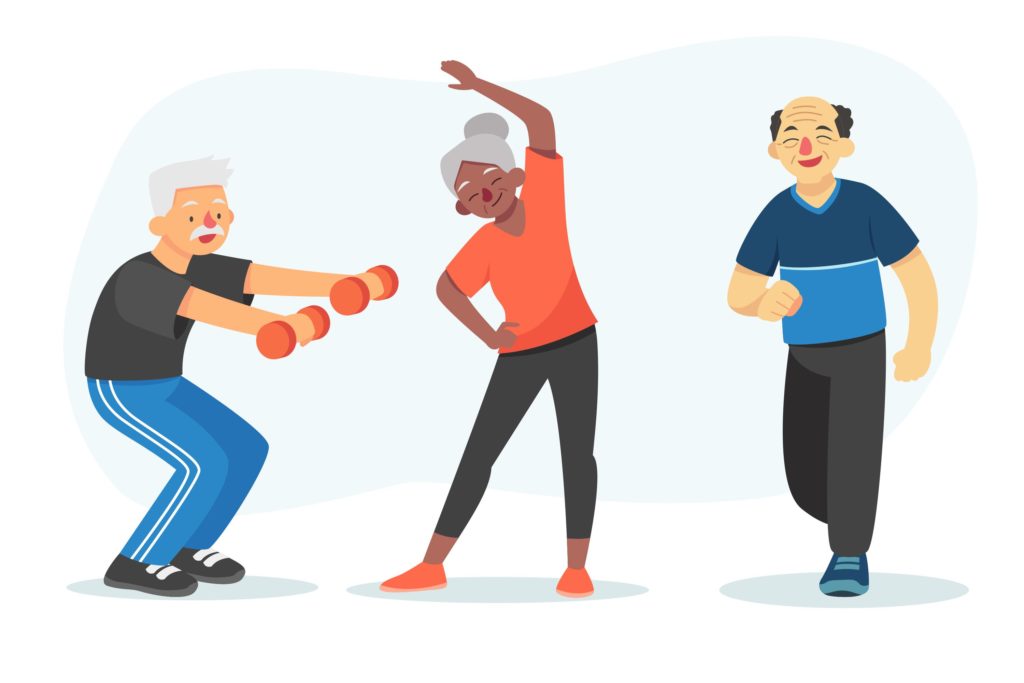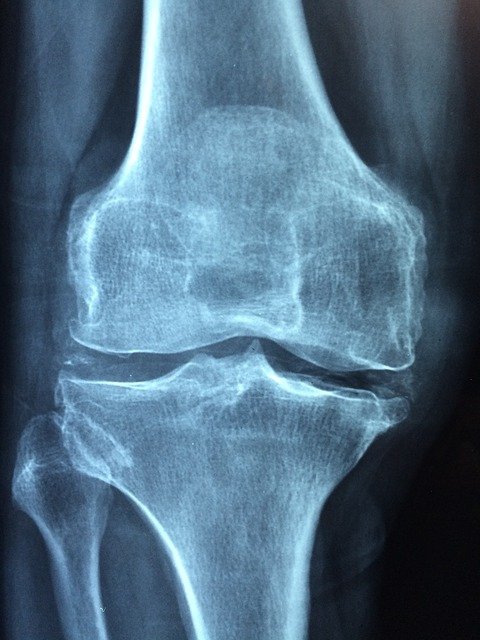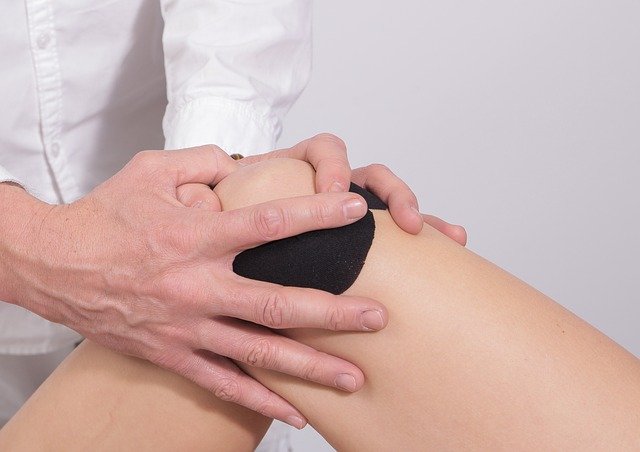Introduction to Joint pain management 1
Joint pain management 1. Since our joints form the connections between our bones, which hold our bodies together, consequently, it’s safe to say that they are important and deserve to be looked after. Unfortunately, however, joint pain is widespread, and most people will experience aches and pains at some point in their life. So then, if you sustain an injury or suffer from arthritis, your joints can become increasingly painful and achy – especially with increasing age. Overall, 70% of older adults reported currently experiencing joint pain. Women were more likely than men to report joint pain (75% vs. 65%), as were those age 65–80 compared to those age 50–64 (74% vs. 68%).
Joint pain management 1. Damage to the joints from illness or injury can interfere with movement and cause a lot of pain? So, if your joints are suffering, lookout for the following warning signs: You may notice that your joints are swelling or changing shape. A joint may also start to ache, especially after exercise, and it may be uncomfortable to kneel. In addition, your hands and feet easily get cold and stiff.
Why do we get joint pain?

The most common cause of joint pain is arthritis due to overuse, impaired biomechanics or injury. So then, osteoarthritis is the development of worsening joint pain commonly associated with age, which may present in just one joint or many joints. Furthermore, rheumatoid arthritis, however, is an autoimmune disease where your body’s immune system attacks itself. It affects the lining of joints that causes the joints to become painful, swollen, stiff and maybe hot.
Osteoarthritis is the most common form of arthritis among older adults. It occurs when the protective cartilage that cushions the bones in the joints wears down over time. This degenerative joint disease leads to pain, stiffness, and swelling. While osteoarthritis can affect any joint, it most commonly impacts the hands, knees, and hips. Lifestyle changes and medications can help manage its symptoms. If you or someone you know experiences joint pain, it’s essential to seek medical advice for proper evaluation and management.
How to look after your joints

If you suffer chronic pain, speak to your Doctor. So then, he can rule out anything more serious. However, for general aches and pains, follow these tips to make sure you’re looking after your joints as your age increases. Also, stay in a healthy weight range; you may have to lose some weight.
So, the first step to minimising joint pain is to maintain your full range of joint motion. Consequently, this may not be easy if you are not in the healthy weight range. As a result, every extra pound you carry increases the overall force across your knees. Hence, when walking or standing by two to three pounds. So then, knowing that should be an incentive to lose excess weight.
Studies of Joint Pain
It has been reported that obese populations are three times more likely to require knee joint replacement surgery than those in a healthy weight range. So then, to quantify this risk. Overweight people who manage to lose as little as 5kg in weight have been shown to halve their risk of developing knee osteoarthritis over 10 years. So check your weight, and if it is over what it should be, do something about it.
Movement keeps Joints Healthy.
Test your range of motion. Move your limbs around in all different directions. Moving a joint around its full range of motion helps to keep it healthy. Furthermore, great ways to increase joint range, function and mobility are by Yoga and Pilates. Also, if possible, hanging for short periods each day will help keep your shoulders get stronger and preserve their full range of motion. Finally, remember this from doctors: Motion is lotion. Movement is essential for your joints.
Exercise regularly – but don’t overdo it.

There is a common misconception that the more training we do when we are young can lead to increased wear and tear on our joints as we get older. However, that is not always true. The joints, and the cartilage within, actually respond well to weight by stimulating more protective cartilage, not less. So then, ongoing strength training conducted safely as we age actually helps to protect our joints and keep them strong.
On my post making weights at home, I reminded you to start light and slowly increase as you get stronger. Before you start loading up the weights, though, beware of overdoing things. Excessive weight can also cause the joints to lay down extra bone, known as osteophytes, within the joint. So then, these are the bits that can contribute to closing down the joint space and significantly limit their range of motion, possibly resulting in the need for joint replacement surgery.
Don’t overstretch Flexibility Exercises.
Think of a joint like a hinged door; if you open the door too much past its range, you could damage the hinge. Similarly, if you’re over-stretching the muscles around the joint, it impacts where the joint is meeting the two bones, having an impact on mobility. Some people suffer from hyper-mobility, or unstable joints, which means they can easily stretch too far without realising it and become injured. So then, these people should consider going easy on the stretches to prevent damage.
In Conclusion
Your joints are absolutely crucial to your mobility. So then you must look after them properly. Never exercise without a good warm-up. It prevents injuries and prepares your body for strenuous activity. Also, remember to stretch after your exercise while everything is warm and amenable to being stretched. As a result, this reduces soreness and aids recovery.
Important Note *
Remember that everyone is different, and it is ultimately YOUR RESPONSIBILITY to find what your body responds to… So please do your own due diligence before trying anything new, including getting Medical Advice to ensure your safety and peace of mind.
Connect with me and leave a comment or two on my social media…



